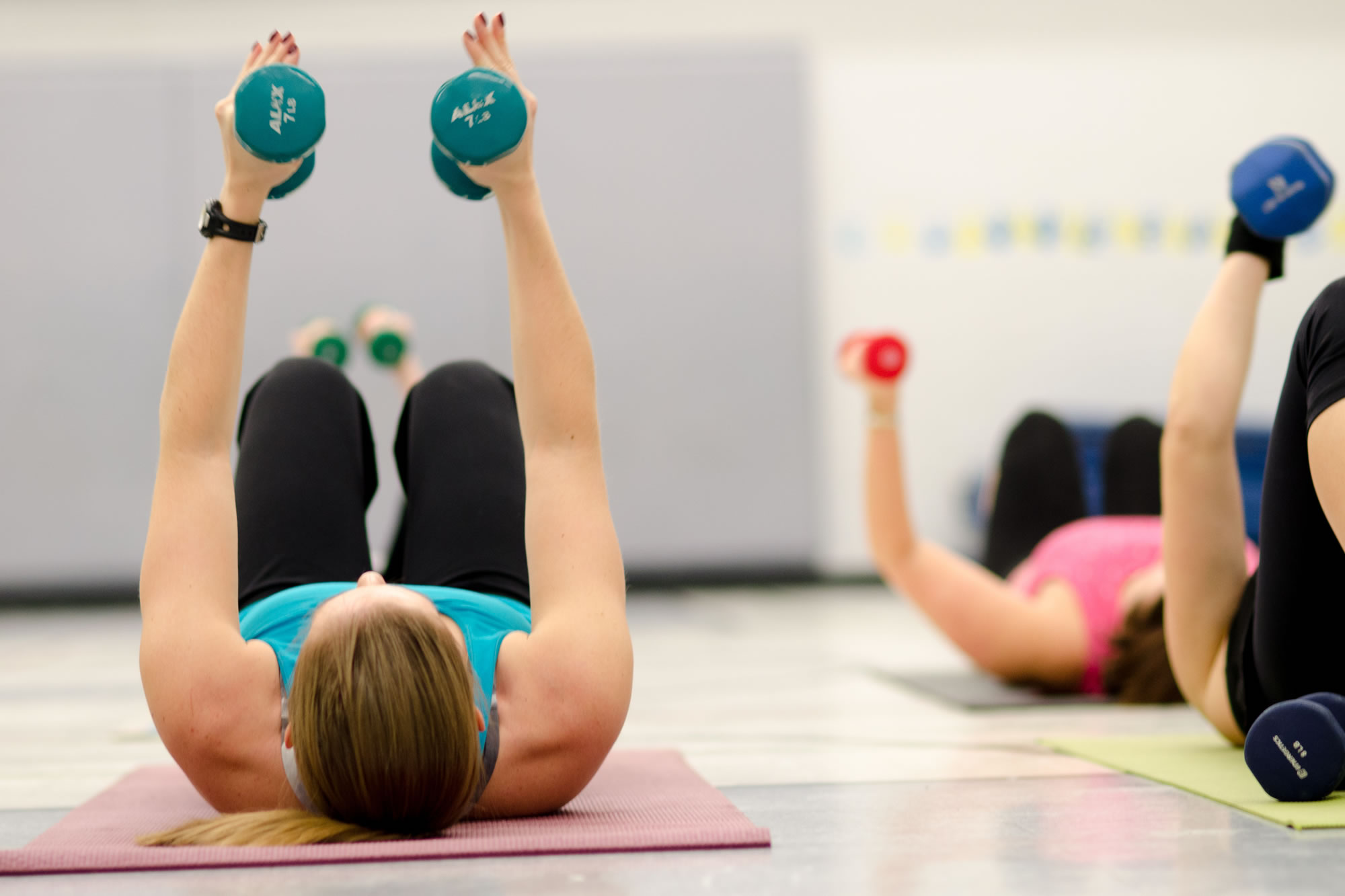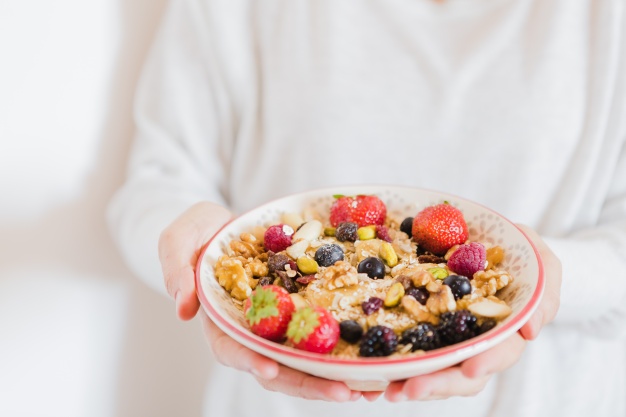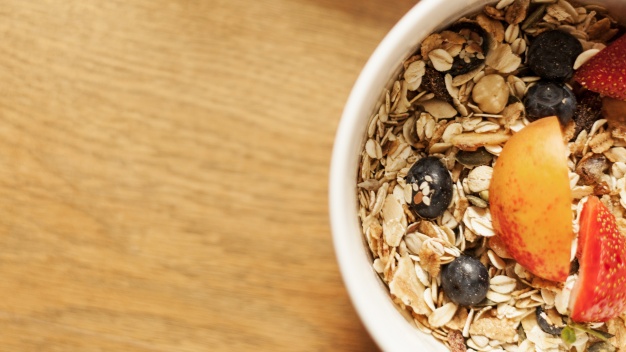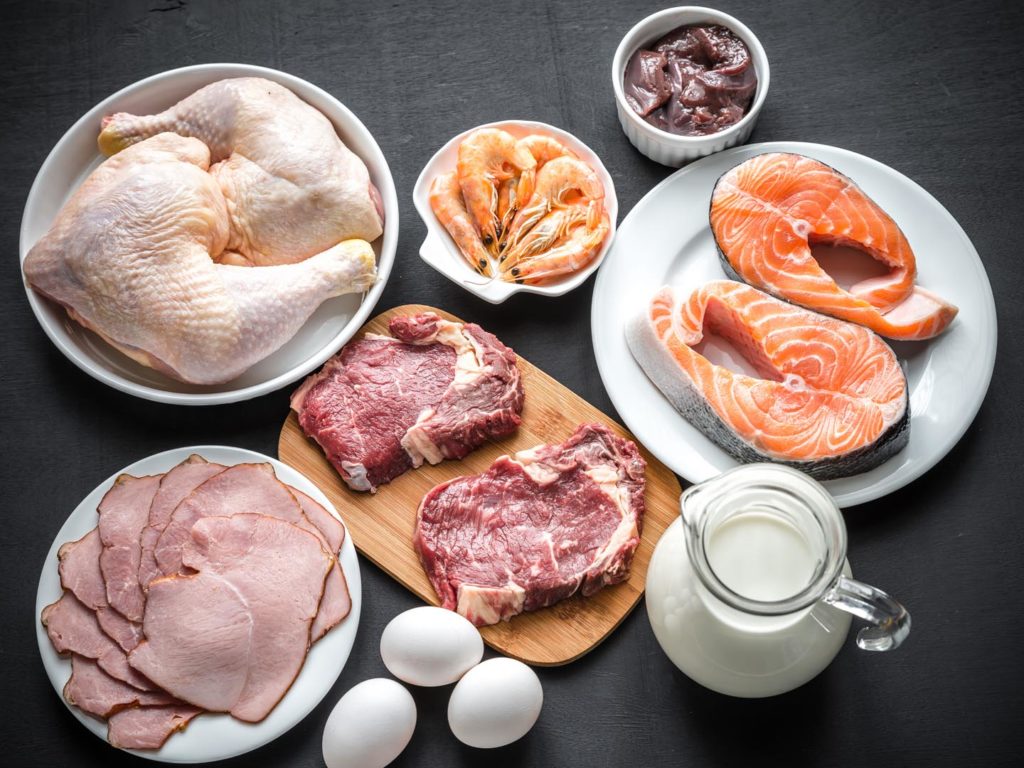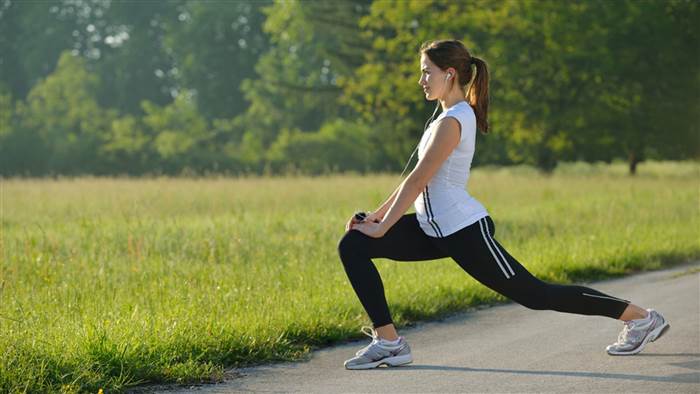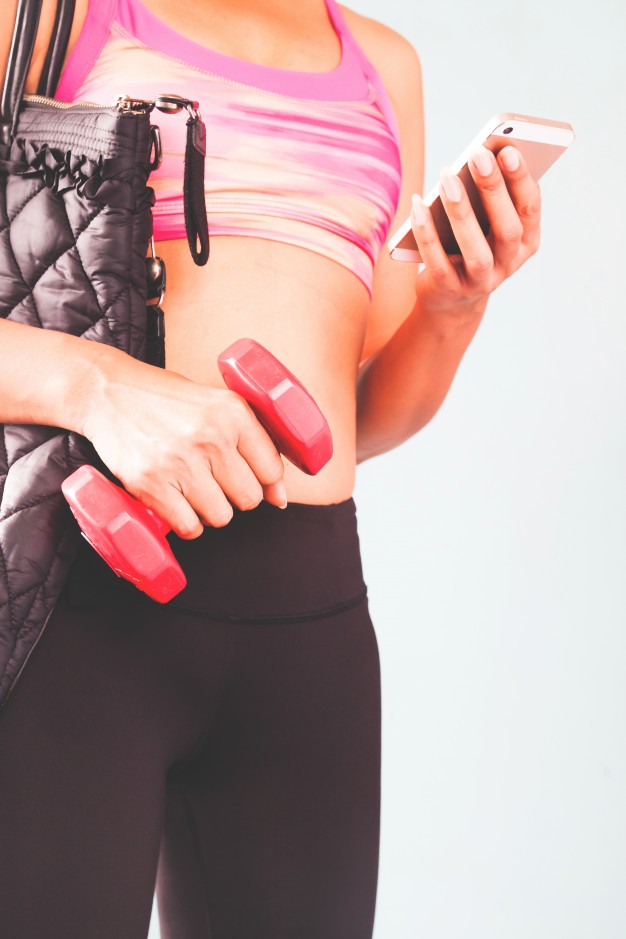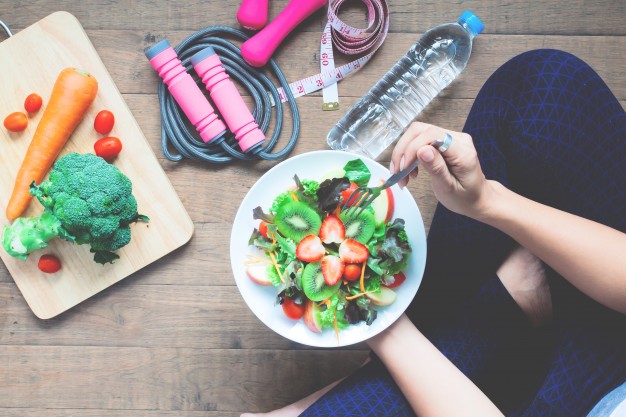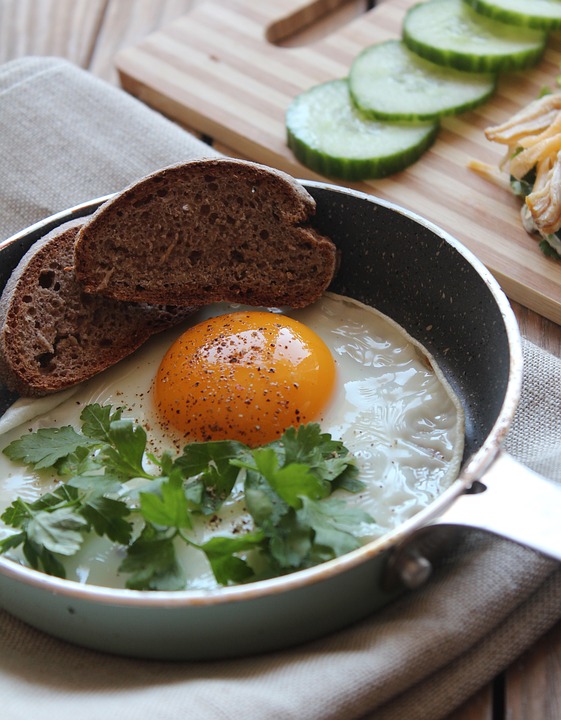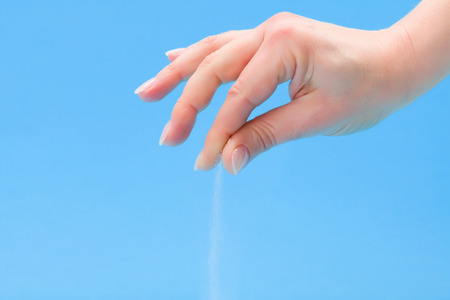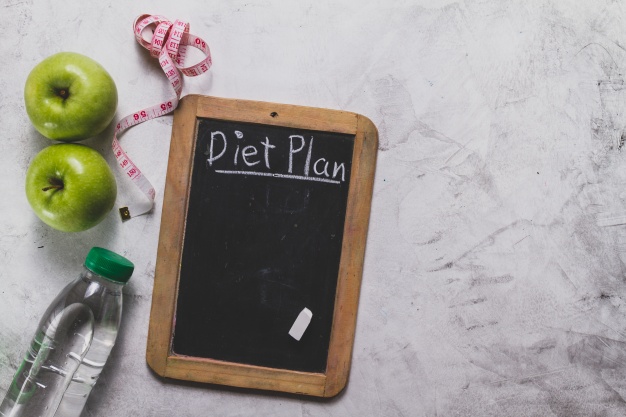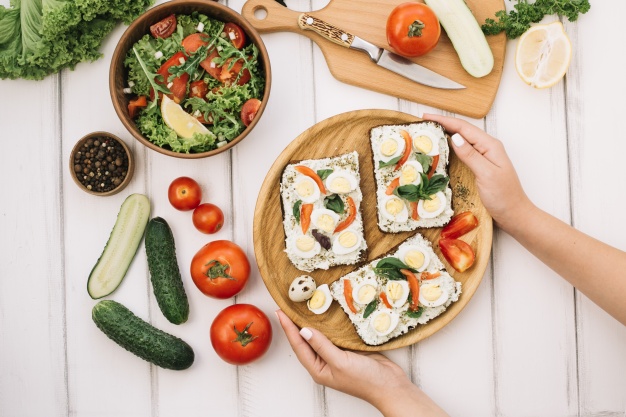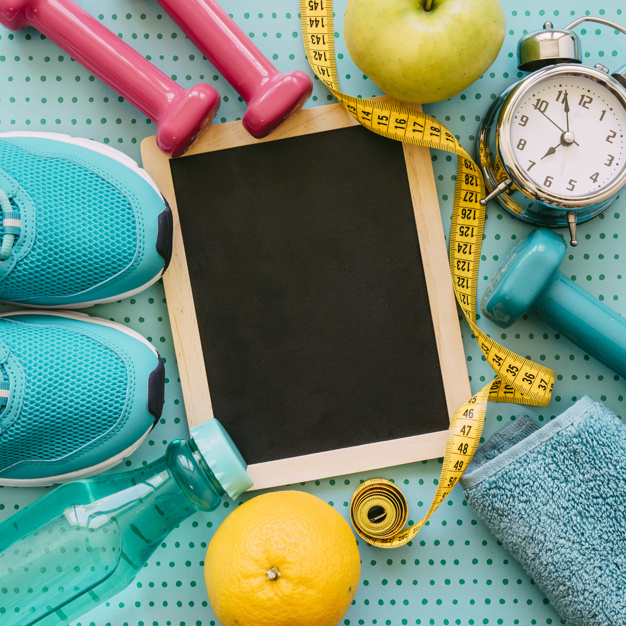 Traditionally, men’s fitness has always been associated with getting bigger and not smaller.From the days of Rocky Balboa and John McClane to Vin Diesel and John Statham, big beefy guys defeated the bad guys and got the girls. The notion of fitness with getting thinner -and not beefier -is a relatively newer phenomenon for men, who, like women, are putting on more weight because of a sedentary lifestyle.
Traditionally, men’s fitness has always been associated with getting bigger and not smaller.From the days of Rocky Balboa and John McClane to Vin Diesel and John Statham, big beefy guys defeated the bad guys and got the girls. The notion of fitness with getting thinner -and not beefier -is a relatively newer phenomenon for men, who, like women, are putting on more weight because of a sedentary lifestyle.
While it’s important to spend more time in the gym, getting off the couch may not be the only way to banish your inner, and outer potato. Paying attention to nutrition becomes crucial to losing weight and keeping it off. While the schools of thought on weight loss are as diverse as the people who graduate from them, I’ve broken them down into Hard and Smart. The difference is replacing the old idea that you need to kill yourself to achieve anything in life (Hard) with the belief that you can have your cake, and eat it too (Smart).
Hard: Eat less, weigh less Smart: Eat to lose
If you’ve been drastically cutting calories when you want to lose weight, here’s why you shouldn’t. Cutting too many calories puts you body into starvation mode. When your body is in this mode, it can’t metabolise, or burn fat (because fat burning occurs only when your body is adequately nour ished). If your body can’t burn fat, it starts to burn the next best thing: muscle. The more muscle you lose, the more your fat cells start to increase: the lost muscle is replaced by fat. And the more fat cells you have, the greater your body’s tendency to store more fat when you get back to eating `normally’. Fat burning is at its optimum when your body is adequately nourished with a balanced and healthy diet. So many of my clients have to eat more than they ever did (healthier stuff like fruits, veggies, egg whites), and that too at frequent intervals.
Hard: No snacking Smart: Eating every 2 hours
Eating between meals was said to be the culprit behind weight gain, with the implication that you needed to eat only during your main meals (breakfast, lunch and dinner) to lose weight. However, studies have disproved this belief.You need to get away from the age-old habit of packing your day’s nutrients into three-four meals, and instead, spread them out in the form of smaller, more frequent meals.
Digestion itself is a calorie burning activity just like walking, running or jumping. By eating smaller meals through the day, you allow your body to burn calories through the digestive process. Eating every two hours (not more or less), I find, is the best way to take advantage of this phenomenon.
Hard: Sweat more, eat more Smart: Sweat less, eat smart
So many of my clients come in with the idea that they can eat whatever they want, so long as they are working out. It’s such a hard way to lose weight. It’s really just about the math. If you eat a 1,000 calorie burg er, you will need to jog for approximate ly two hours to burn it off. Would n’t an easier option be to choose a less calorific version of the same dish? Restaurants all over the country can make low-fat versions of your fave foods. Eat smart. Spend less time in the gym. Exercise can only complement, and never replace food as a way to lose weight.
Hard: Fixed workouts Smart: Get moving to get losing
You don’t necessarily have to workout at a set time and at a set place to get your weight loss going. Increase your level of daily activity. Walk up the stairs instead of taking the elevator or escalator. Include more activities like hiking or cycling when you vacation. Walk over to your colleague’s desk instead of emailing them. Your body will take note of the cumulative increase in activity and will reward you by losing the weight. You’d be surprised at how effective, and motivating, this is.
Hard: No junk food… ever Smart: Everyone’s invited
Your life is made up of all sorts of buddies: the nerd, the shopaholic, the one you can call at 4 am to bail you out of jail or the one who has seen you through drunken binges and toxic relationships. You’ve got to use the same logic with food. Food exists in all kinds of shapes, sizes and forms. Some you need to be acquaintances with, some you can be good friends with, and some you can be best friends with. But the good news is, you can be friends with all kinds of food.

